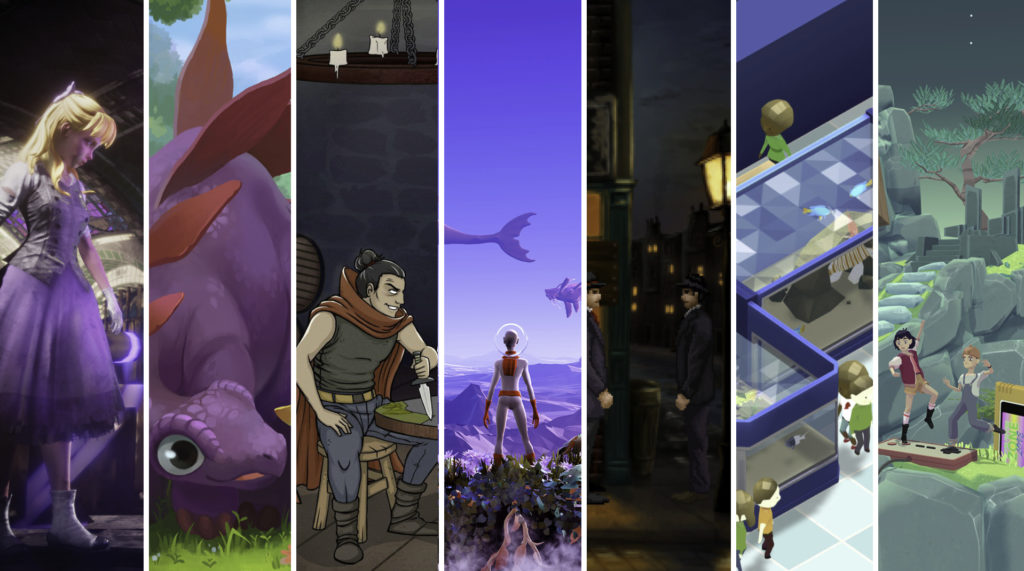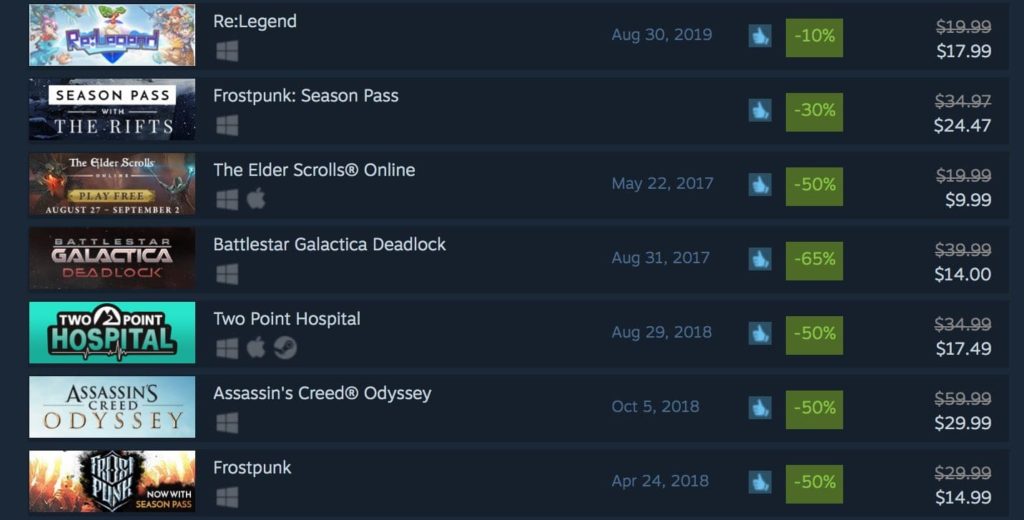Half of indie developers sell their games too cheaply. Game designer Simon Carless talks about why an indie game should cost at least $20.

Carless expressed his opinion in a blog on Gamasutra.
He identified four main reasons why developers underestimate the prices of their products.
There is no certainty that the game is worth more
For example, the game was created by one developer or with the help of several friends. This is a personal project. The authors do not consider it a competitor to more “professional” games.
Or there is a possibility that the developer underestimates the cost of the game, because that’s what everyone in the industry does. It’s like he’s saying to himself: “Everyone’s prices are like this, why should my game cost more?”
But Carless recommends pretending that the standard price tag for an indie game is $20. And for anyone made even alone, even together with friends. There is no need to be afraid that no one will buy it. If the game has real fans, they will pay any price.
Of course, you need to make sure in advance that these fans appear. This means — even before the release to tell about the game and try to interest. According to Carless, the price tag is not the main factor for players (if it is not higher than $25). “I think they are unlikely to say: oh, the game looks great, but I will buy it because it costs $ 8, not $12!” — says Carless.
There is no certainty that a more expensive game will sell a large circulation
Games in the higher price category ($20-25) are more often flashed in plain sight. This is because they can participate in sales, Carless believes.
Players add more expensive titles to their wish lists. Later, they receive electronic notifications about the release of the game or discounts on it. Its visibility increases, and in addition, many players impulsively buy games after seeing a discount.
By the way, about how the wish lists affect the sales of the game, App2Top.ru recently I told you here.

There is no certainty how price and quality are interrelated
Many developers think that the lower cost of the game stimulates demand. But there is also an inverse relationship, Carless believes. If the author of the game rates it higher, it means that he believes in his product. This gives players the impression that the game is both high—quality and exciting. And for the same reason, it is quite natural to raise the price tag of the game after the release, if new content is added to it.
Also, users are more likely to play the product they spent more money on. Cheaper games often settle in libraries: they are left “for later”.
There is no certainty how much the game should cost in a particular region
Spending on games varies greatly depending on the region. Therefore, developers may have a false idea about the “fair price” of the game for different countries.
According to Carless, it is always necessary to remember about the peculiarities of the region. For example, some indie authors work in countries with a low level of GDP. It seems impractical to them to charge players $20 or more. When converting to local currency, the game may be too expensive.
But at the same time, $ 20 per game in a similar country is not so scary compared to price tags in the United States or some European countries, says Carless. In these places, the prices for games often reach $ 60 (or € 70-80).
***
There are games for which $20 is really too high a price tag. These are games with a small amount of content, 2D puzzles, multiplayer titles with a high level of microtransactions.
Nevertheless, according to Carless, all other indie projects can rarely count on good sales if their cost is $5. It is possible that users associate such a price with poor quality. Therefore, the author recommends trying to increase the price tag — and wait for the result.
Also on the topic:
